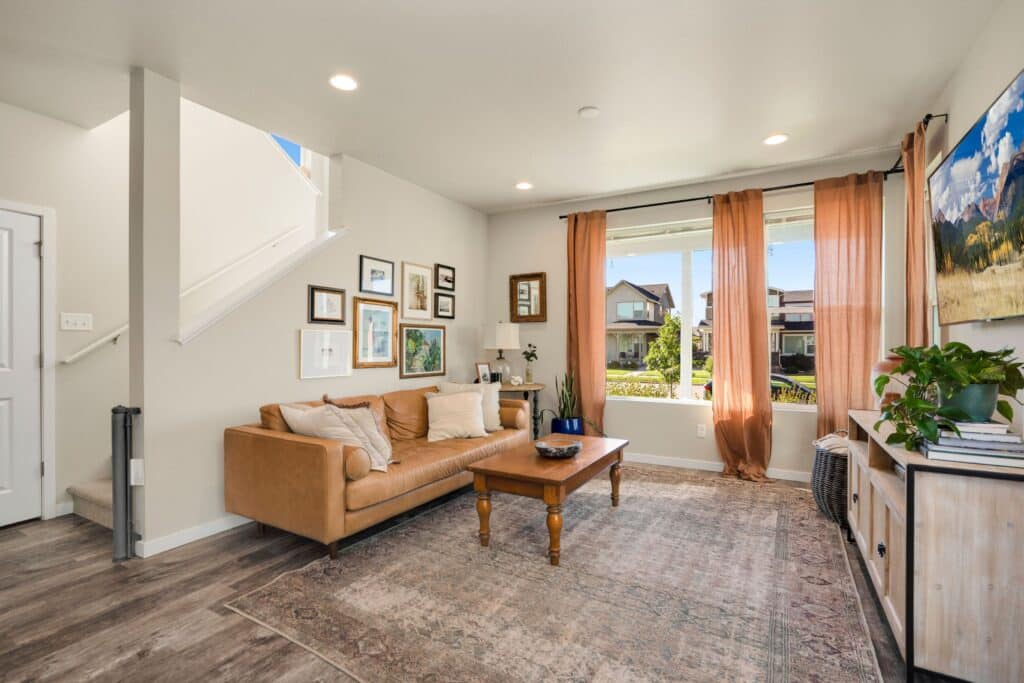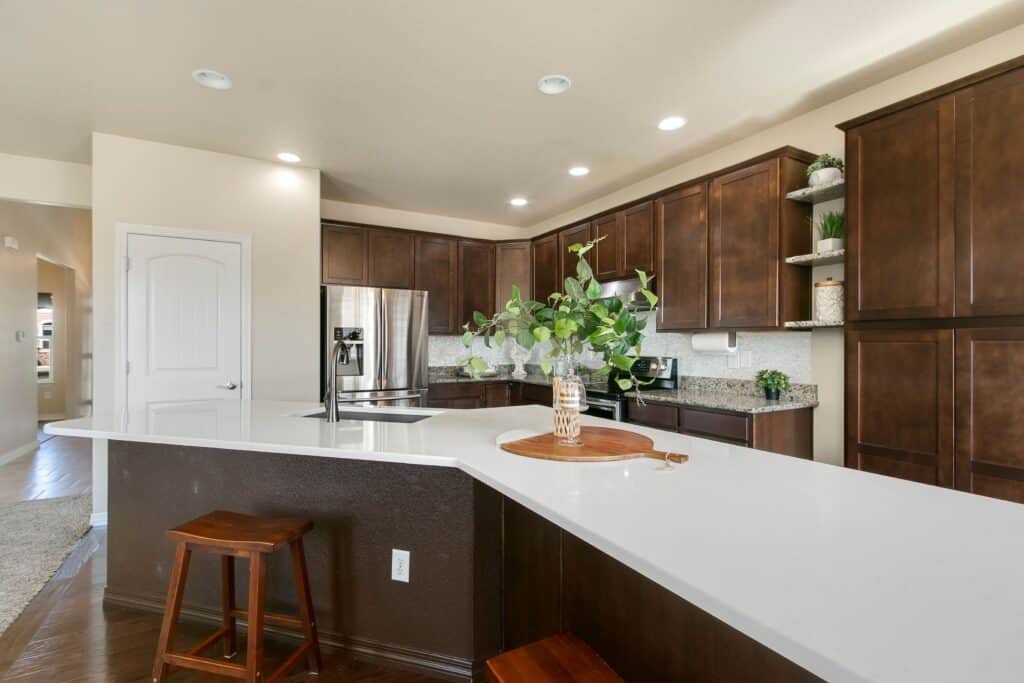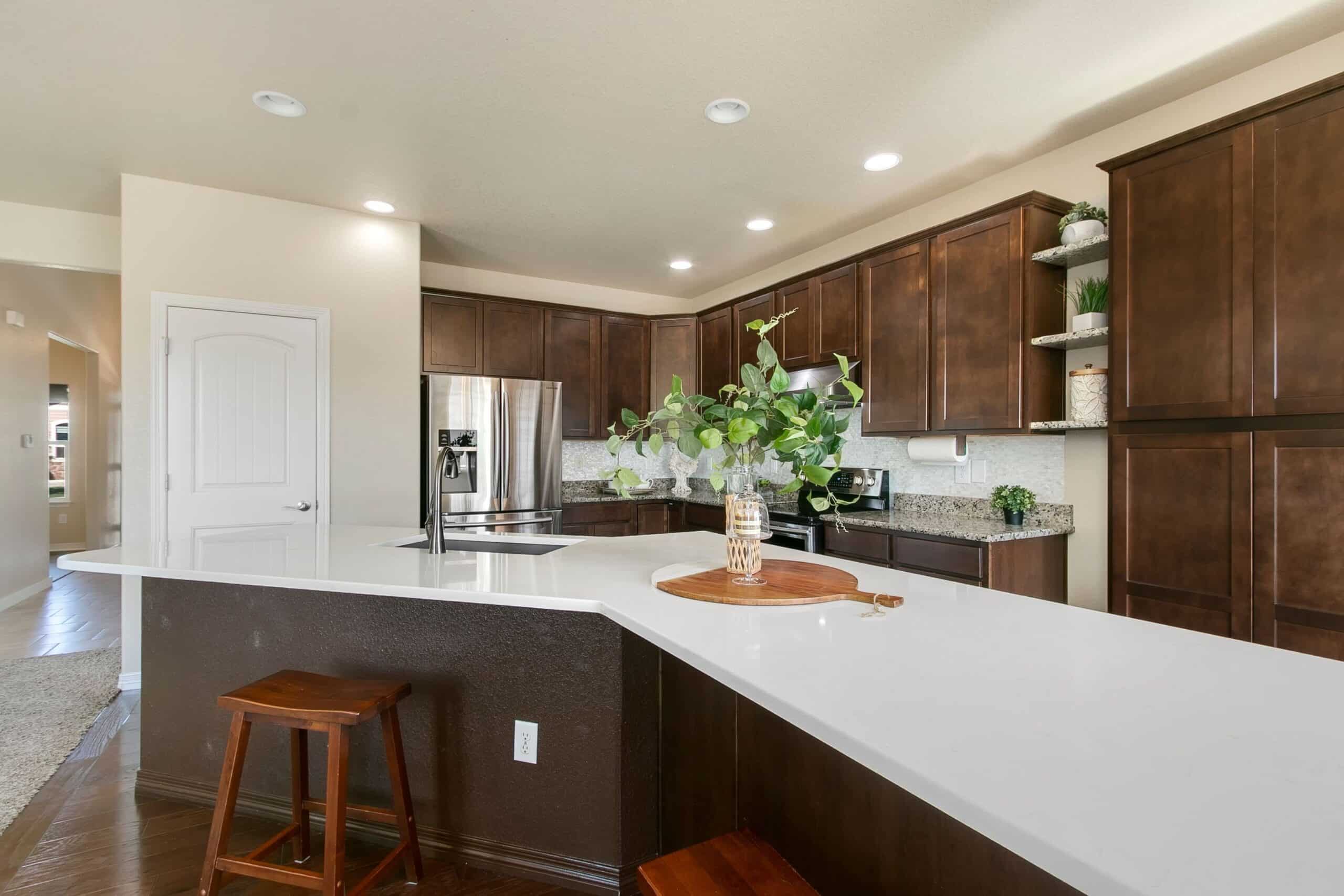Here at Boxwood Photos we want to help with marketing your property. we want to be your partner in business. Being your partner in business to us means helping you where potential buyers begin their property search - online. High-quality real estate photography can be the key to making your property stand out from the crowd. Effective property marketing relies heavily on compelling visuals that capture the essence of a home and its unique selling points. In this step-by-step guide, we'll explore how to harness the power of real estate photography to effectively market your property.
Step 1: Hire a Professional Real Estate Photographer
The foundation of successful marketing your property property is hiring a professional real estate photographer. While smartphones have made photography more accessible, real estate photography is a specialized skill that requires experience and expertise. A professional photographer knows how to highlight the best features of a property, manipulate lighting, and employ techniques that create stunning visuals. When selecting a photographer, consider their portfolio, reviews, and pricing to ensure they align with your needs and budget.

Step 2: Prepare the Property
Before the photographer arrives, it's essential to prepare the property for the photo shoot. Start with decluttering and cleaning each room thoroughly. Remove personal items, such as family photos, to help potential buyers envision themselves in the space. Staging is another critical aspect of preparation; strategically placing furniture and decor can make rooms appear more inviting. Additionally, pay attention to curb appeal by tidying up the exterior, including the landscaping and the front entrance. These steps with leave you with much cleaner looking photos, which are crucial when it comes to marketing your property.
Step 3: Choose the Right Time for the Shoot
Lighting is a crucial factor in real estate photography. The time of day can significantly impact the quality of the photos. Many photographers prefer shooting during the "golden hours" – the first hour after sunrise and the last hour before sunset – when natural light is soft and warm. However, interior shots may benefit from mid-morning or early afternoon light. Discuss the optimal time with your photographer to ensure the best results.
Step 4: Highlight Unique Features
Every property has unique features that set it apart from others. Work with your real estate photographer to identify and emphasize these selling points. Whether it's a gourmet kitchen, a luxurious master suite, or a stunning view, make sure these features are showcased prominently in the photographs. Buyers often make their decisions based on these standout elements.
Step 5: Use a Wide-Angle Lens
Real estate photography often involves capturing entire rooms or outdoor spaces in a single frame. To achieve this, professional photographers use wide-angle lenses. Wide-angle shots make spaces appear more spacious and inviting. However, it's important to avoid excessive distortion, so work closely with your photographer to strike the right balance.

Step 6: Capture the Flow of the Property
Potential buyers want to get a sense of the flow and layout of the property. Ensure that the photographer takes a variety of shots that showcase the transition between rooms, hallways, and the outdoor spaces. This helps buyers visualize how they would move through the property and whether it fits their lifestyle.
Step 7: Exterior Photography Matters
Don't neglect the exterior of the property. Marketing your property starts with curb appeal, and is the first impression potential buyers will have. Showcase the landscaping, the front entrance, and any outdoor amenities, such as a pool or patio. A well-composed exterior shot can draw buyers in and pique their interest in exploring further.
Step 8: Edit and Enhance
After the photo shoot, your photographer will likely use photo editing software to enhance the images further. This process may involve adjusting brightness, contrast, color balance, and removing minor imperfections. The goal is to create visually appealing, true-to-life images that make the property shine.
Step 9: Create a Comprehensive Gallery
Once you have the final edited images, create a comprehensive gallery that covers all aspects of the property. Include a mix of interior and exterior shots, showcasing the home's unique features and layout. The gallery should provide a virtual tour of the property, allowing potential buyers to explore it in detail online.
Step 10: Incorporate Visuals into Marketing Your Property
Now that you have a stunning collection of photographs, it's time to incorporate them into marketing your property. Here are some ways to leverage your real estate photography:
- Online Listings: Include a robust gallery of high-quality images in your online property listings. Use them as the primary visuals to grab the attention of potential buyers.
- Virtual Tours: Consider creating virtual tours using the photographs, giving buyers an immersive experience of the property from the comfort of their screens.
- Social Media: Share the images on your social media platforms to increase visibility. Encourage your followers to like, share, and comment on the posts.
- Print Marketing: Use the images in your print marketing materials, such as brochures, flyers, and postcards.
- Email Campaigns: Incorporate the photographs into your email marketing campaigns to engage with potential buyers directly.
- Real Estate Websites: Utilize popular real estate websites and apps to showcase your property with professional images.
- Open Houses: Display the images during open house events to help visitors remember the property.

In conclusion, real estate photography is a powerful tool in marketing your property effectively. By following these steps, from hiring a professional photographer to incorporating the visuals into your marketing strategy, you can make your property stand out, attract potential buyers, and increase your chances of a successful sale. Remember that quality photography not only showcases your property's beauty but also demonstrates your commitment to presenting it in the best possible light.
